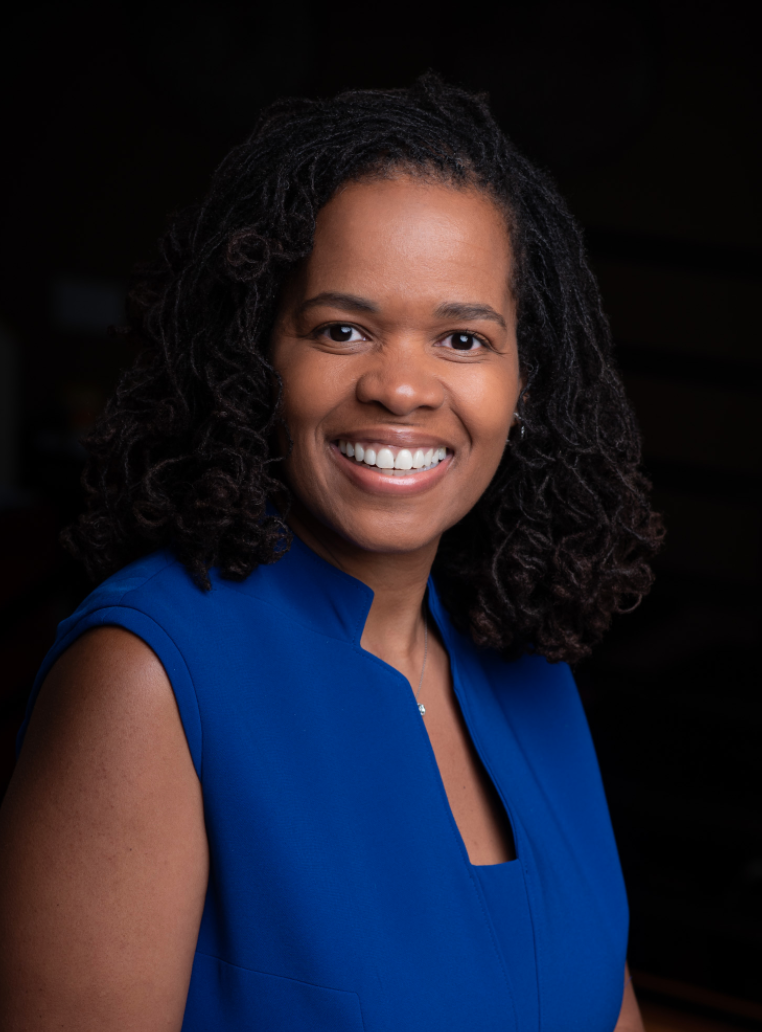
Employees don’t want to go to work and be harassed or racially discriminated against. They want their organizations to be discrimination-free zones and sites for learning and practicing fair and equitable treatment. Ideally, everyone would have a sense of belonging, an understanding that all contributions matter, and experience high levels of respect. What is required is an organizational culture in which all employees can participate, thrive, and reach their full potential — ideally race (and gender, ableness, and sexual orientation) would no longer be a factor in the assessment of merit or opportunity.
We are learning, and more of us are beginning to understand how critical it is to address social (in)justice issues in all aspects of life, including in our workplaces. To transform organizations, institutions, and society towards full thriving for all — which is what most people in this country are looking for in their communities and workplaces — we need something different. Most diversity models and practices as we know them don’t address the systemic interventions required to eliminate structural injustice. Most of the diversity models treat power as neutral, that it just is, if at all. So strategies for how to disrupt and redistribute power typically aren’t addressed. Diversity models are based on the interpersonal shifts individuals make, which are just not seismic enough for the five hundred years of racial injustice.

